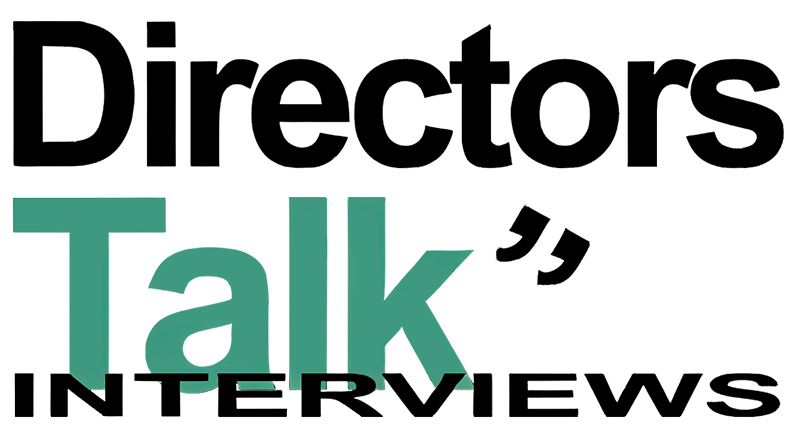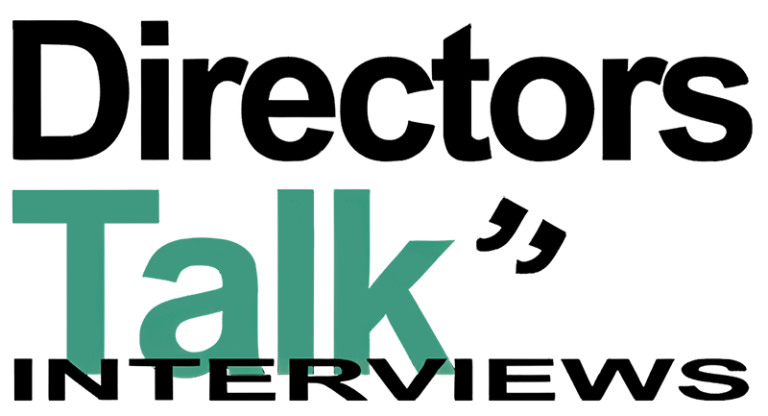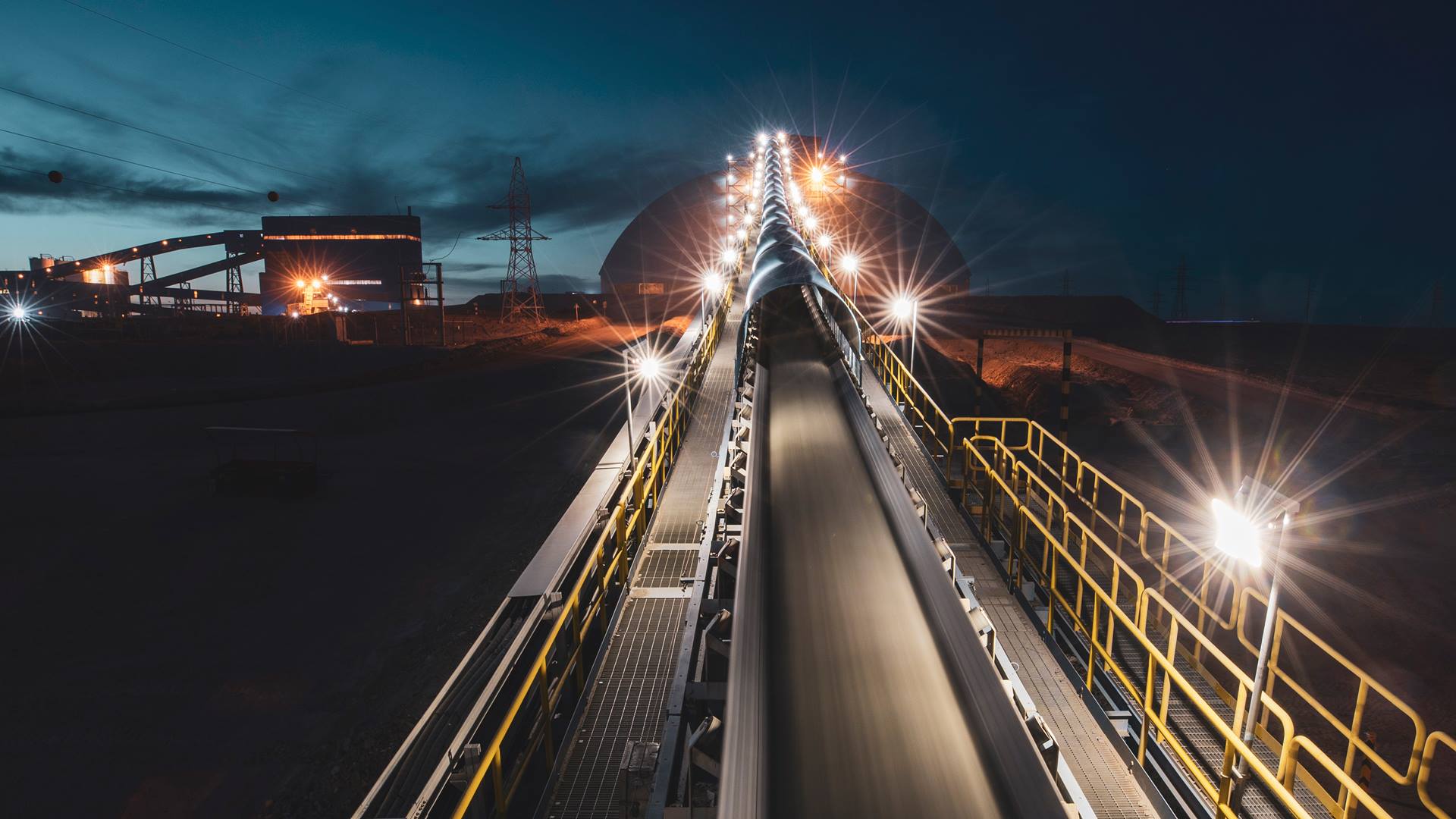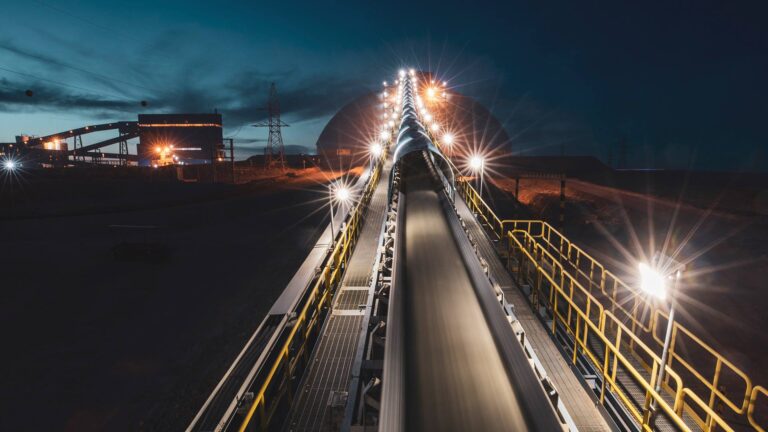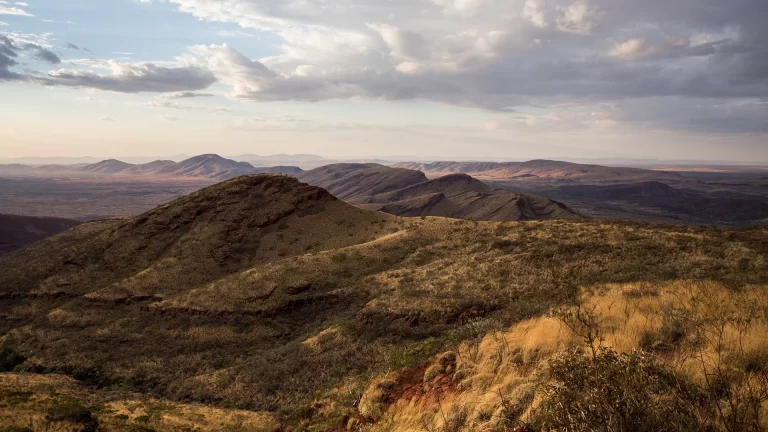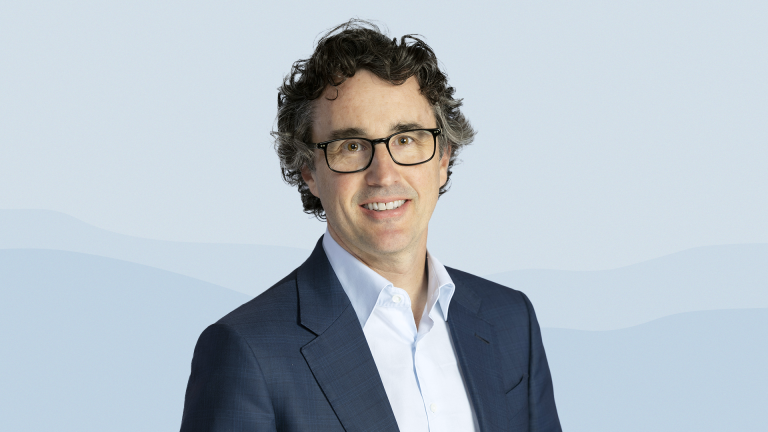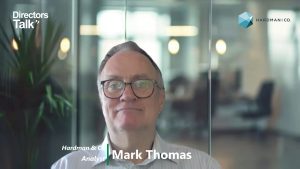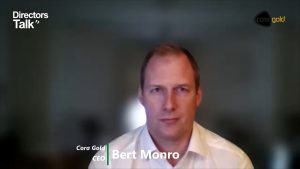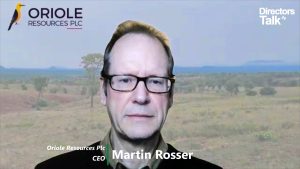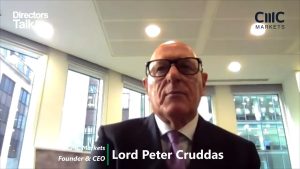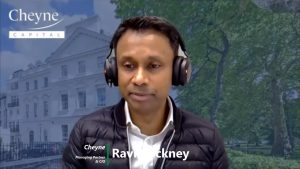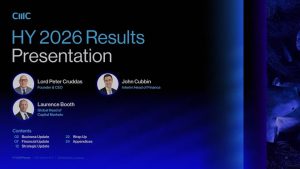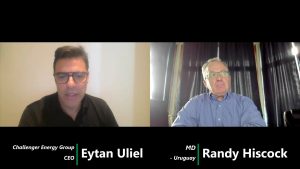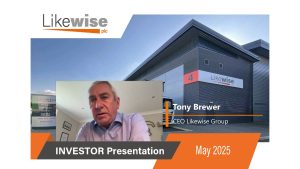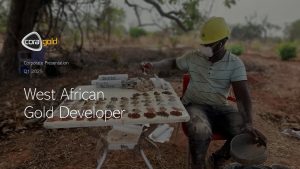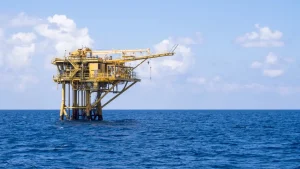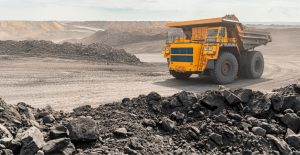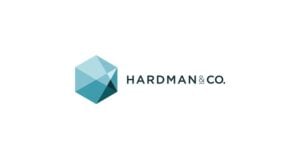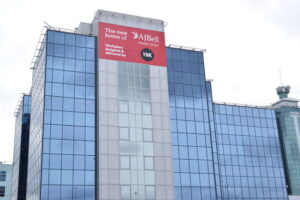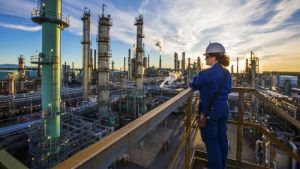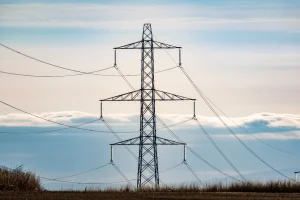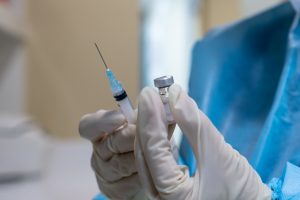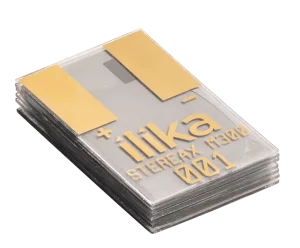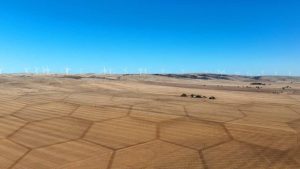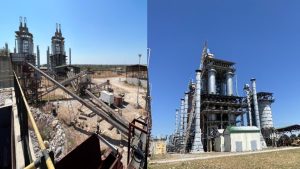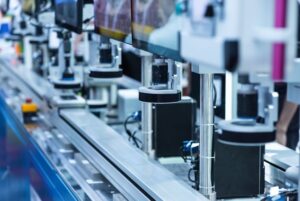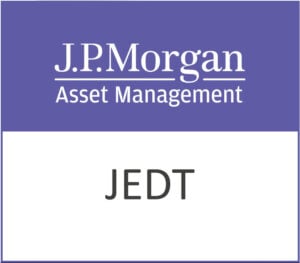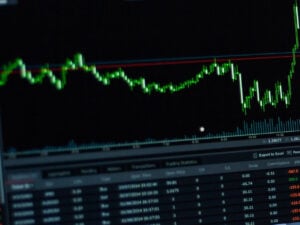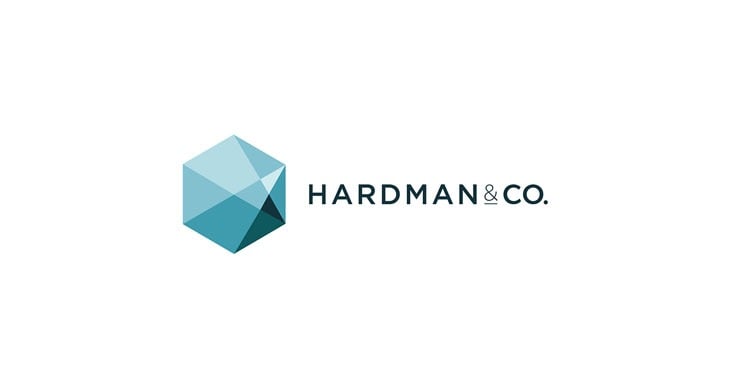Rio Tinto plc (LON:RIO) has announced its final results.
Rio Tinto delivers underlying EBITDA of $26.3 billion and total dividends of 492 US cents per share
Chief Executive Jakob Stausholm said: “We are building a stronger Rio Tinto and delivering against our four objectives. Our operational performance has improved, as evidenced by a number of second half records being set at our Pilbara iron ore mine and rail system. We are also investing for the future, doubling our stake in the Oyu Tolgoi copper-gold project in Mongolia through the acquisition of Turquoise Hill Resources, progressing the Rincon Lithium Project in Argentina and reaching milestone agreements that underpin the long-term success of our Pilbara iron ore business.
“We continue to focus on making lasting change to strengthen our workplace culture and to building better relationships with Indigenous peoples, communities and other partners. At all times we will seek to find better ways, in line with our purpose. We clearly have more to do but I am encouraged by the progress we are making.
“Despite challenging market conditions, we remain resilient because of the quality of our assets, our great people and the strength of our balance sheet. That is why we delivered strong financial results with underlying EBITDA of $26.3 billion, free cash flow of $9.0 billion and underlying earnings of $13.3 billion, after taxes and government royalties of $8.4 billion. This enables us to continue to invest in strengthening the business while also paying a total dividend of $8.0 billion, a 60% payout, in line with our policy.
“The uplift in our operational performance, strengthening of external relationships and investment in the long-term strength of the business ensure we will be able to continue to pay attractive dividends and invest in sustaining and growing our portfolio, while contributing to society’s drive to net zero.”
| At year end | 2022 | 2021 | 2020 | Changevs 2021 | Changevs 2020 |
| Net cash generated from operating activities (US$ millions) | 16,134 | 25,345 | 15,875 | (36) % | 2 % |
| Purchases of property, plant and equipment and intangible assets (US$ millions) | 6,750 | 7,384 | 6,189 | (9) % | 9 % |
| Free cash flow1 (US$ millions) | 9,010 | 17,664 | 9,407 | (49) % | (4) % |
| Consolidated sales revenue (US$ millions) | 55,554 | 63,495 | 44,611 | (13) % | 25 % |
| Underlying EBITDA1 (US$ millions) | 26,272 | 37,720 | 23,902 | (30) % | 10 % |
| Profit after tax attributable to owners of Rio Tinto (net earnings) (US$ millions) | 12,420 | 21,094 | 9,769 | (41) % | 27 % |
| Underlying earnings per share (EPS)1 (US cents) | 819.6 | 1,321.1 | 769.6 | (38) % | 6 % |
| Ordinary dividend per share (US cents) | 492.0 | 793.0 | 464.0 | (38) % | 6 % |
| Special dividend per share (US cents) | – | 247.0 | 93.0 | (100) % | (100) % |
| Total dividend per share (US cents) | 492.0 | 1,040.0 | 557.0 | (53) % | (12) % |
| Net (debt)/cash1 (US$ millions) | (4,188) | 1,576 | (664) | ||
| Underlying return on capital employed (ROCE)1 | 25% | 44% | 27% |
1 This financial performance indicator is a non-IFRS (as defined below) alternative performance measure (APM). It is used internally by management to assess the performance of the business and is therefore considered relevant to readers of this document. It is presented here to give more clarity around the underlying business performance of the Group’s operations. APMs are reconciled to directly comparable IFRS financial measures on pages 69 to 78. Our financial results are prepared in accordance with IFRS – see page 35 for further information. Footnotes are set out in full on page 17.
• We are committed to having a safe work environment, preventing catastrophic events and reducing injuries. We had a fourth year in a row of zero fatalities and our all-injury frequency rate has remained stable at 0.40. We continue to implement our safety maturity model which, as our blueprint for safety, describes the systems and behaviours we apply to create a strong safety culture.
Solid financial results in 2022, set against a context of record prices in 2021
• $16.1 billion net cash generated from operating activities, 36% lower than 2021. This included items of a non-recurring nature which were not representative of the underlying strength of the performance of the business, which, in aggregate, reduced operating cash flow by around $2 billion. See page 5 for more detail. Free cash flow1 of $9.0 billion included capital expenditure of $6.8 billion, which decreased 9% as we commissioned our current programme of Pilbara replacement projects, notably Gudai-Darri.
• $12.4 billion of net earnings, 41% lower than 2021, reflected the movement in commodity prices, the impact of higher energy and raw materials prices on our operations, and higher rates of inflation on our operating costs and closure liabilities. Effective tax rate on net earnings of 30.9% compared with 27.7% in 2021, with the increase being primarily due to the $0.8 billion write down of deferred tax assets in the US.
• $26.3 billion underlying EBITDA1 was 30% below 2021, with an underlying EBITDA margin1 of 45%.
• $13.3 billion underlying earnings1 (underlying EPS1 of 819.6 US cents) were 38% below 2021.
• $4.2 billion of net debt1 at year end, compared with net cash1 of $1.6 billion at the start of the year, primarily reflected the free cash flow1 of $9.0 billion, offset by $11.7 billion of cash returns to shareholders and $3.8 billion for the acquisitions of Turquoise Hill Resources (TRQ)2 and Rincon Lithium Project.
• $8.0 billion full-year dividend, equivalent to 492 US cents per share. This represents 60% of underlying earnings, in line with our shareholder returns policy.
Delivering on our strategy
• We have put climate change and the low-carbon transition at the heart of our strategy. We are decarbonising our assets; helping our customers decarbonise by developing new products and technologies; and growing in materials enabling the energy transition. We will deliver our strategy through four clear objectives, which guide how we operate. Progressing our strategy and four objectives will ensure that we provide the materials the world needs while maximising shareholder returns and strengthening our position as a partner of choice for our customers and other key stakeholders.
• We continue our work on social licence to restore trust and rebuild relationships, particularly with Indigenous peoples, with an absolute determination to achieve impeccable ESG credentials:
◦ We are implementing all recommendations from the comprehensive external review of our workplace culture published in February to ensure that everyone at Rio Tinto has a safe, respectful and inclusive workplace. Some immediate actions include training 91% of more than 7,000 leaders in 2022 in the foundations of building psychological safety, exceeding our target of 80%.
◦ We increased our gender diversity by 1.4 percentage points to 22.9%, but fell short of our target to raise female representation by two percentage points. The increases were distributed across all levels of the organisation with female senior leaders increasing from 27.4% to 28.3%. We have also increased the number of Indigenous leaders in our workforce to 46 (November 2020: 6), through internal promotion and recruitment.
◦ In October, we published our second Communities & Social Performance (CSP) progress report on actions addressing the 2020 Board Review of Cultural Heritage Management. It includes direct feedback from the Pilbara Traditional Owners and details the actions the company has taken to rebuild relationships with Indigenous peoples and external stakeholders. We are moving to a model of co-management of Country in our Pilbara iron ore business, and we are updating agreements with Indigenous peoples. In May, we signed a Heads of Agreement with the Puutu Kunti Kurrama and Pinikura (PKKP) people which will guide the co-management of Puutu Kunti Kurrama and Pinikura country where mining takes place. In November, we agreed with the PKKP Aboriginal Corporation to create the Juukan Gorge Legacy Foundation as part of a remedy agreement relating to the destruction of the rock shelters at Juukan Gorge in May 2020. We also signed an updated agreement with Yindjibarndi Aboriginal Corporation in Western Australia in November and signed the first agreement with the Pekuakamiulnuatsh First Nation in Quebec in December.
• To achieve our objective of becoming the best operator, we continue to roll out the Safe Production System (SPS). We achieved our SPS deployment target for 2022 with 30 deployments across 16 sites, which resulted in improved performance at those sites. Roll-outs are ongoing to continuously improve safety, strengthen employee engagement and sustainably lift operational performance across our global portfolio.
• We made significant progress with our objective to excel in development with the following key milestones in the year:
◦ we delivered first ore from Gudai-Darri, our first greenfield iron ore mine in the Pilbara in more than a decade. The ramp-up continues to progress as planned, with the 43 million tonne per year capacity expected to be reached on a sustained basis during 2023.
◦ we agreed to enter a joint venture with China Baowu Steel Group Co. Ltd with respect to the Western Range iron ore project in the Pilbara, investing $2 billion ($1.3 billion Rio Tinto share3) to develop the 25 million tonne per year capacity project. We have received all primary environmental and Australian Government approvals, while Chinese regulatory approvals continue to progress as planned. The joint venture is anticipated to commence in March, once the operational elements of the JV are in place. Rio Tinto commenced early works site mobilisation and awarded major contracts.
◦ we agreed, together with Wright Prospecting Pty Ltd, to modernise the joint venture covering the Rhodes Ridge project in the East Pilbara. The participants have commenced an Order of Magnitude study which will consider development of an operation before the end of the decade with initial plant capacity of up to 40 million tonnes annually, subject to receipt of relevant approvals.
◦ we fired 19 drawbells in 2022 from the Hugo North copper-gold underground mine at Oyu Tolgoi in Mongolia. Drawbell progression accelerated as a result of improvement initiatives, bringing projected first sustainable production from Panel 0 forward to the first quarter of 2023. This followed the comprehensive agreement announced on 25 January 2022, which reset the relationship between partners and resulted in the start of underground operations.
◦ we completed the purchase of non-controlling interests in TRQ for $3.1 billion2, simplifying ownership of the Oyu Tolgoi mine, significantly strengthening our copper portfolio and demonstrating our long-term commitment to the project and to Mongolia.
◦ following completion of the $825 million Rincon acquisition, the Board approved $194 million to develop a small starter battery-grade lithium carbonate plant with a capacity of 3,000 tonnes per year. The investment includes early works to support a full-scale operation. Construction activities progressed on phase one camp facilities with rooms for 250 persons completed. Airstrip permits were received and contractors mobilised. First saleable production is expected in the first half of 2024.
◦ we increased our exploration and evaluation spend by 24% to $897 million in 2022, as we ramped up our activities in Guinea, Argentina and Australia.
Progress towards our Scope 1 and 2 emissions targets
| Mt CO2e | 2022 | 2021 | 2018* |
| Scope 1 emissions | 22.8 | 22.8 | 23.7 |
| Scope 2 emissions | 7.5 | 8.2 | 8.9 |
| Total | 30.3 | 31.0 | 32.5 |
*Adjusted 2018 baseline due to divestments and acquisitions. Actual emissions in 2018 were 33.7Mt CO2e. Figures are more precise than the rounded numbers shown.
• Our Scope 1 and 2 emissions targets of 15% reductions by 2025 and 50% by 2030 are aligned with 1.5°C – the stretch goal of the Paris Agreement – and are really challenging. In contrast to many of our peers, about 80% of our emissions are driven by processing and producing metals and minerals which are high temperature, hard-to-abate activities. The remaining 20% are from our mining operations. The low-carbon transition is complex: developing new technologies and implementing major projects to decarbonise our business will take time.
• In 2022, our Scope 1 and 2 emissions were 30.3Mt CO2e (31.0Mt in 2021), a reduction of 7% below our 2018 baseline. This is primarily the result of switching to renewable power at Kennecott and Escondida in prior years, as well as lower than planned production from the Kitimat and Boyne aluminium smelters in 2022. We did not advance the actual implementation of our abatement projects as fast as we would have liked last year, so our capital expenditure on decarbonisation projects was $94 million, lower than we anticipated when we set our targets. Challenges have included late delivery of equipment, resourcing constraints impacting study progress, construction and commissioning delays and project readiness.
• In response, we established six abatement programmes, with dedicated people, to focus on the decarbonisation challenges that cut across our product groups: repowering our Pacific Aluminium Operations, renewables, aluminium anodes (ELYSISTM)), alumina process heat, minerals processing and diesel transition. We are building capability and gaining a deeper understanding of our decarbonisation challenge (both constraints and opportunities), and our related operational expenditure increased to approximately $140 million in 2022. As a result, we are better placed to deliver the complex and large-scale structural changes to our energy system needed to achieve our 2030 target.
• Given the long lead times for some of these projects, we established one additional programme to increase our investments in Nature-based Solutions projects and now expect these to make a more significant contribution to our targets. If done well, these projects can play a substantial role in addressing carbon emissions and biodiversity loss, while also providing benefits to local communities. Our people working on these ‘6+1’ abatement programmes, along with our substantial investments in technology, will drive the innovation and transformation needed to accelerate our low carbon transition and ensure the long-term resilience of our business.
• Our 2022 Climate Change Report is available on our website, riotinto.com.
Resilient cash flow from operations
| Year ended 31 December 2022 | Year ended 31 December 2021 | |
| US$m | US$m | |
| Net cash generated from operating activities | 16,134 | 25,345 |
| Purchases of property, plant and equipment and intangible assets | (6,750) | (7,384) |
| Sales of property, plant and equipment | – | 61 |
| Lease principal payments | (374) | (358) |
| Free cash flow1 | 9,010 | 17,664 |
| Disposals | 80 | 4 |
| Cash receipt from sale of Cortez royalty | 525 | – |
| Dividends paid to equity shareholders | (11,727) | (15,357) |
| Acquisitions relating to Rincon and McEwen Copper | (850) | – |
| Purchase of the minority interest in Turquoise Hill Resources Ltd2 | (2,961) | – |
| Other | 159 | (71) |
| (Decrease)/Increase in net (debt)/cash1 | (5,764) | 2,240 |
Footnotes are set out in full on page 17.
• $16.1 billion in net cash generated from operating activities, 36% lower than 2021, was primarily driven by price movements for our major commodities and a $0.5 billion rise in working capital, primarily due to elevated prices for raw materials in aluminium inventory. We also incurred some items of a non-recurring nature which were not representative of the underlying strength of the performance of the business. These comprised; higher tax payments (relative to profit) in 2022 as a result of a $1.1 billion (A$1.5 billion) final payment to the Australian Taxation Office (ATO) in respect of 2021 profits; $0.4 billion (A$0.6 billion) settlement with the ATO in respect of 12 historical years; and $0.4 billion of cash losses from currency hedges on our external dividends. At the end of 2022, we had no material outstanding tax payable on Australian profits.
• We made some significant investments in growth with the $0.8 billion acquisition of Rincon and the $3.0 billion2 purchase of non-controlling interests in TRQ (including transaction costs), giving us a 66% shareholding in the Oyu Tolgoi copper-gold mine, our largest growth project. Our capital expenditure of $6.8 billion encompassed $0.6 billion of growth capital, $2.2 billion of replacement capital, $3.9 billion of sustaining capital and $0.1 billion of decarbonisation spend. We funded our capital expenditure from operating activities and expect to continue funding our capital programme from internal sources, except for the Oyu Tolgoi underground development, which is project-financed.
• $11.7 billion of dividends paid in 2022, being the 2021 final ordinary and special dividends paid in April 2022 ($7.6 billion) and the 2022 interim ordinary dividend paid in September ($4.1 billion), including foreign exchange impacts.
• The above movements, together with disposals including the $525 million of cash received from the sale of the gross production royalty at the Cortez Complex in Nevada, USA (Cortez royalty), resulted in net cash1 decreasing by $5.8 billion in 2022, and gave rise to net debt1 of $4.2 billion at 31 December 2022.
Guidance
• In 2023, we expect our share of capital investment (refer to APMs on page 75 and 76) to be around $8.0 billion (previously $8.0 to $9.0 billion), including growth capital of around $2.0 billion, depending on the ramp-up of spend at Simandou. In 2024 and 2025, this rises to $9.0 to $10.0 billion per year, including the ambition to invest up to $3.0 billion in growth per year, depending on opportunities. Each year also includes sustaining capital of around $3.5 billion, of which around $1.5 billion a year is for Pilbara iron ore (subject to ongoing inflationary pressure and exchange rates) and $2.0 to $3.0 billion of replacement capital. Around 40% of our share of capital investment is denominated in Australian dollars. Guidance includes around $1.5 billion over the next three years on decarbonisation projects, mainly relating to Pilbara renewables: this will accelerate thereafter, bringing our best estimate to around $7.5 billion, in aggregate, out to 2030. This remains subject to Traditional Owner and other stakeholder engagement, regulatory approvals and technology developments.
• Effective tax rate on underlying earnings is expected to be around 30% in 2023.
| Unit costs | 2022 Actuals | 2023 Guidance |
| Pilbara iron ore unit cash costs, free on board (FOB) basis – US$ per wet metric tonne4 | 21.3 | 21.0-22.5 |
| Australian dollar exchange rate | 0.69 | 0.70 |
| Copper C1 unit costs (includes Kennecott, Oyu Tolgoi and Escondida) – US cents per lb | 163 | 160-180 |
| Production (Rio Tinto share, unless otherwise stated) | 2022 Actuals | 2023 Guidance |
| Pilbara iron ore (shipments, 100% basis) (Mt) | 322 | 320 to 335 |
| Bauxite (Mt) | 55 | 54 to 57 |
| Alumina (Mt) | 7.5 | 7.7 to 8.0 |
| Aluminium (Mt) | 3.0 | 3.1 to 3.3 |
| Mined copper (kt) | 521 | 650 to 7105 |
| Refined copper (kt) | 209 | 180 to 210 |
| Diamonds (M carats) | 4.7 | 3.0 to 3.8 |
| Titanium dioxide slag (Mt) | 1.2 | 1.1 to 1.4 |
| IOC6 iron ore pellets and concentrate (Mt) | 10.3 | 10.5 to 11.5 |
| Boric oxide equivalent (Mt) | 0.5 | ~0.5 |
Footnotes set out in full on page 17.
• Production and unit cost guidance is consistent with our Fourth Quarter Operations Review released on 17 January 2023.
• Iron ore shipments and bauxite production guidance remain subject to weather and market conditions. Pilbara shipments guidance remains subject to progressing the ramp-up from new mines and management of cultural heritage.
